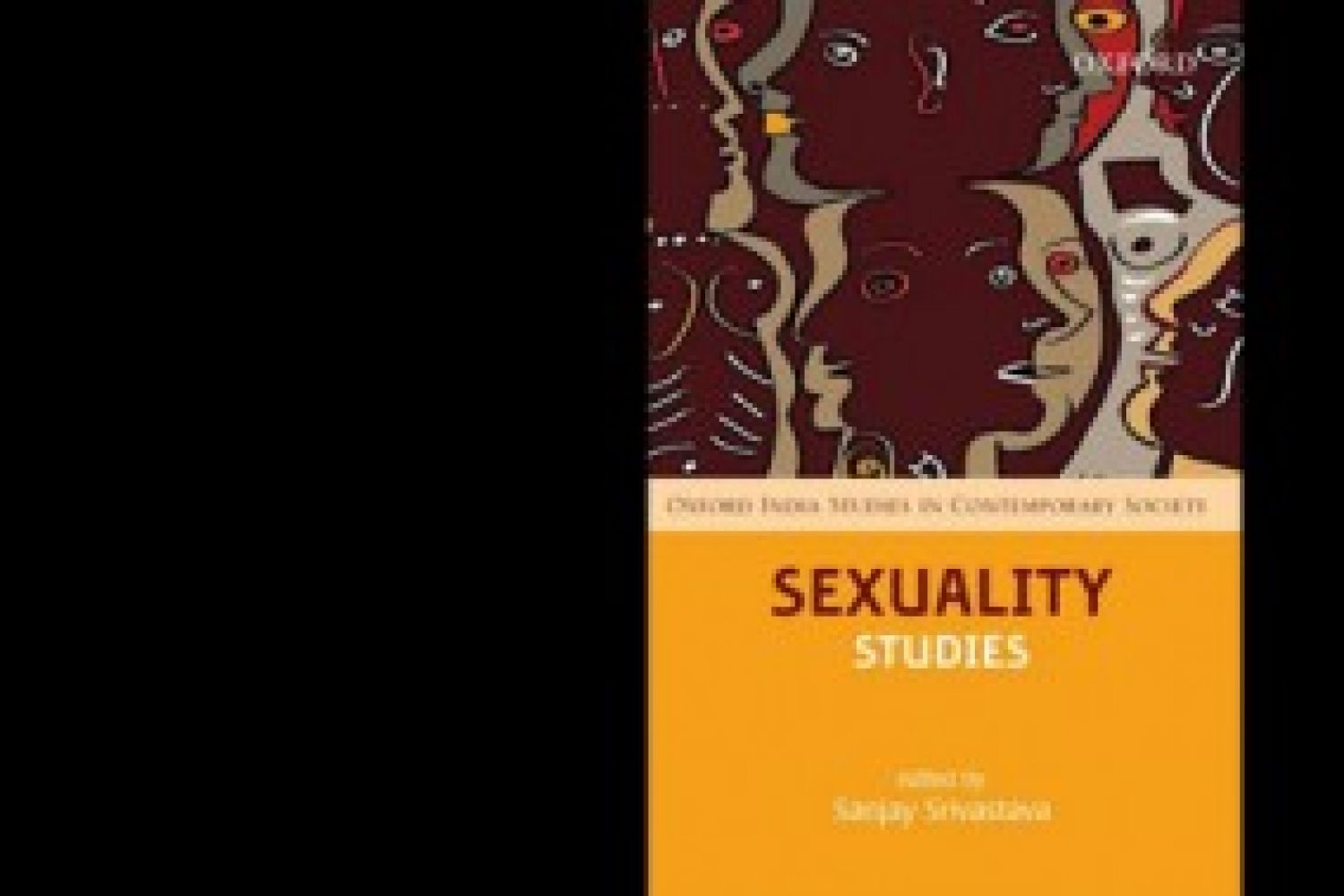
Sexuality as an object
of enquiry is relatively new in the Indian context and is not helped by the
silence and violence around it. These come from a mixture of ignorance and
fear, both of which have long histories in the subcontinent. A large part of
the silence is perhaps because what would render it audible to us requires
historical and linguistic knowledges we do not any longer have. The violence is
a more visible history, marked on bodies, especially women’s bodies, and from
the colo





